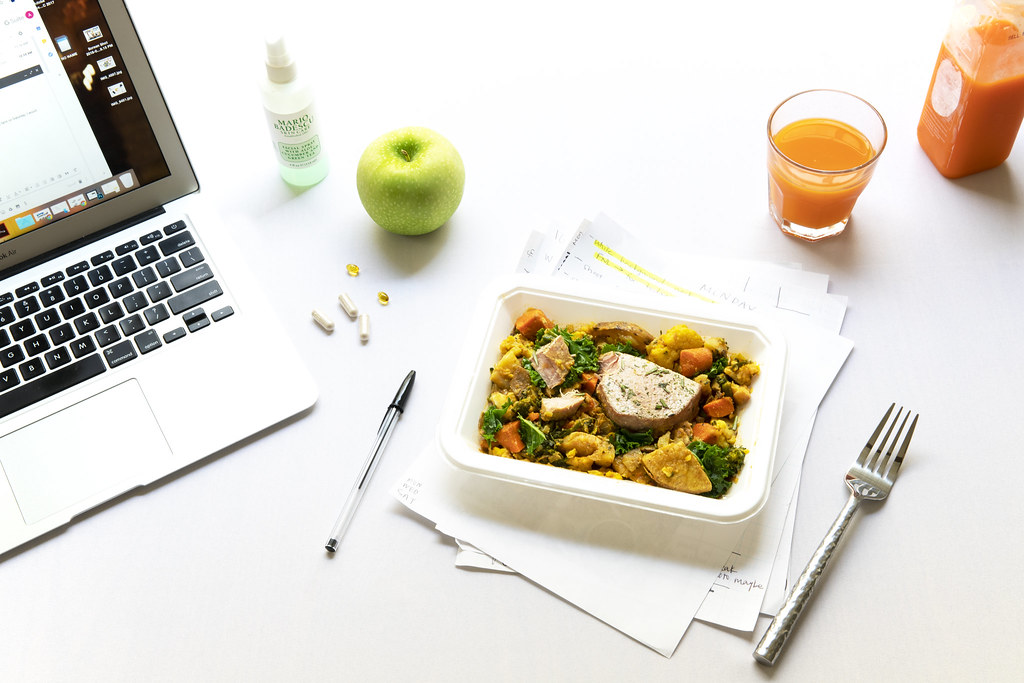
Effective meal prep reduces waste and guarantees a succession of nutritious, prepared meals. One common concern surrounding meal prep is the shelf life and safety of stored meals. It's comforting to know that properly cooked and stored meals will keep in the refrigerator for about seven days. However, for optimum taste, most meals should be consumed within a span of four days.

Your selected menu largely influences the storage time of your meals. Here are some standard meal options along with their respective storage duration:
These are perfect for fuss-free, on-the-go breakfasts and will last 3-5 days in the fridge.
Great for easy lunches or dinners, they will also keep for 3-5 days.
With their dressing and watery veggies kept aside, these can stay fresh for up to four days.
Economical and versatile, these can last in the refrigerator for up to four days and are also freezer-friendly.
Freezing meals allows for more flexibility in meal choices throughout the week. By freezing meals and defrosting them in the fridge as needed, you can enjoy a wide range of meals without growing weary of the same food. Most pasta dishes, rice bowls, soups, chilies, stews, and even baked goodies are freezer-friendly. In case of doubt, a quick Google search should provide the information you need.

Storing fruits and vegetables properly will ensure they stay fresh for the longest time possible. For most vegetables and fruits, storing them in whole pieces is recommended. Diced vegetables or fruit can also be stored effectively with a paper towel, which helps absorb excess moisture and keep them fresh.
One crucial aspect of food storage is temperature control in the fridge. Bacteria thrive on certain temperatures, causing your food to spoil. Keeping the fridge below 40°F is a safe practice, as it prevents bacterial growth. It’s also advisable to place the leftovers on a shelf rather than the door, as the temperature varies less.
Different types of food need different types of containers for storage. Glass jars work perfectly for soups. Plastic containers can hold your proteins and rice, while mason jars prove efficient for salads or dressings. It's essential to use airtight containers for storage and to let meals cool down before storing them to prevent unwanted moisture buildup.
For safety and optimal freshness, prioritize meals containing perishable ingredients like meat. In essence, consume these meals first. You can also use ingredients that have longer shelf lives, such as pasta, cheese, or grains, for future meal prep. Always take note of the date the dish was made, and record its expiration to avoid spoilage. BPA-free containers and freezer bags are recommended for longevity.
The First-In, First-Out system, often abbreviated as FIFO, is a fundamental principle in food storage. Always ensure that the oldest batch of meals is at the front or top of your refrigerator, hence consumed first. This strategy aids in ensuring that meals are always fresh.
If monotony is a concern, meal prep can be adjusted to account for a wider variety of meals. By freezing meals and transferring them to the fridge as needed, you're afforded more choices throughout the week. Adding this variation might be the spice you need to enjoy your meal prepping more.